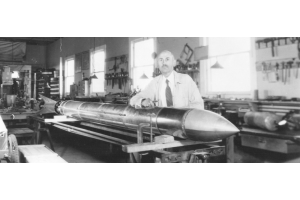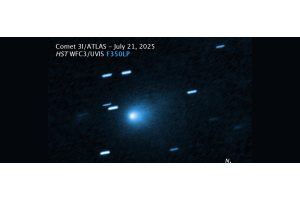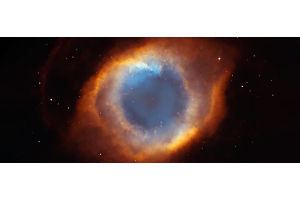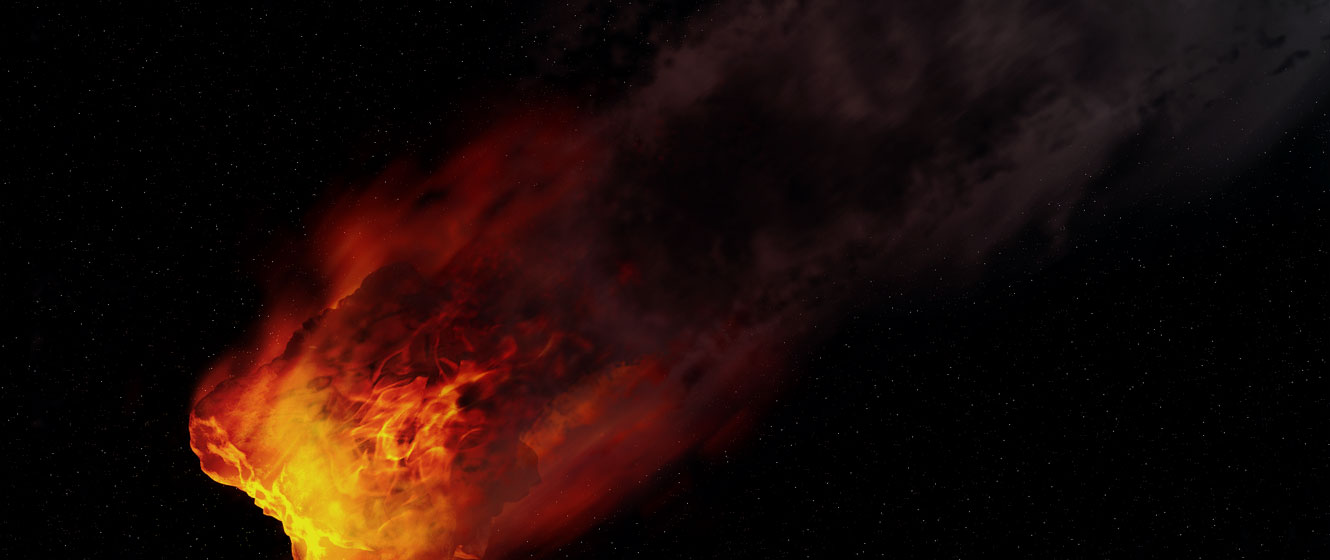
Ask anyone what a moon or planet is, and they’ll probably tell you a moon orbits a planet, and a planet orbits the Sun. However, asteroids are a little more complicated. Like planets, they orbit the Sun, but they’re not the same. For starters, there are thousands of asteroids and a few of them were initially mistaken for planets.
So what is an asteroid? How did they form? And do they pose a risk to the Earth?
How Did the Asteroids Form? And What Are They Made Of?
Asteroids are essentially chunks of rock that range in size from just a few meters to hundreds of miles in diameter. The majority of asteroids are found between the orbits of Mars and Jupiter, in an area known as the asteroid belt. There was a time when some astronomers believed they were the remains of a planet that had broken apart, and while we no longer believe that to be true, it probably isn’t too far from the truth.
We now believe the asteroids to be the rubble left over from the formation of the solar system, 4.6 billion years ago. The Sun and planets formed from a cloud of gas and dust; as the cloud rotated, the cloud particles collided and came together to form larger objects. Eventually, the planets grew to such a size that they sucked up the material in their orbit like a vacuum cleaner, but there was one area where a planet failed to form.
Thanks to the gravitational effects of Jupiter (the largest planet), no planet could form between that gas giant and Mars (the next closest planet to the Sun). As a result, millions of chunks of rock now remain orbiting the Sun in an area where a planet should be.
But that didn’t stop astronomers from searching for one.
Predicting the Distances of the Planets
The Titius-Bode Law is a mathematical coincidence that first became popular in the late 18th century. It’s an equation, of sorts, that predicts the approximate distances of the planets from the Sun.
The first two numbers are 0 and 3. Every successive number is then doubled so that the sequence runs 0, 3, 6, 12, 24, 48, and 96. Four is then added to each number and, lastly, each number is then divided by ten. The final sequence is therefore 0.4, 0.7, 1.0, 1.6, 2.8, 5.2 and 10.0.
At first glance, these numbers don’t seem significant, but if we take the average distance of the Earth from the Sun as 1.0 (aka, one Astronomical Unit, or AU), then these numbers closely match the distances of the other planets. More specifically, the law appears to predict the positions of the planets that were known at the time: Mercury, Venus, Earth, Mars, Jupiter, and Saturn.
| Planet: | Predicted Distance: | Actual Distance: | Accuracy: |
|---|---|---|---|
| Mercury | 0.4 | 0.39 | 98% |
| Venus | 0.7 | 0.72 | 97% |
| Earth | 1.0 | 1.00 | 100% |
| Mars | 1.6 | 1.52 | 95% |
| ? | 2.8 | ||
| Jupiter | 5.2 | 5.20 | 100% |
| Saturn | 10.0 | 9.58 | 96% |
Curiously, when Uranus was discovered in 1781, the law wasn’t far off in predicting its distance either. The next number in the sequence would be 19.6, while Uranus’s average distance is 19.19 times that of the Earth, resulting in an accuracy of 98%.
However, there was no known planet between Mars and Jupiter, and no one knew of the existence of asteroids either. It, therefore, seemed reasonable to assume there must be another planet in that gap. The hunt was on!
Sure enough, on January 1st, 1801, Giuseppe Piazzi discovered the first asteroid, Ceres. At a distance of 2.77x that of the Earth, it also stayed true to the Titius-Bode Law. The discovery of a new planet (the eighth, at that time) was announced, but then something unusual happened.
Just 14 months later, another world (later named Pallas) was discovered - and at roughly the same distance. Then, in 1804, a third was found. Clearly, these were not planets (and only Ceres is spherical) which meant a new type of object had been found.
It was William Herschel who first suggested they be called asteroids (meaning, “little stars”) but it wasn’t until the 20th century that the term was adopted by the astronomical community. Consequently, you might still hear the term “minor planet” when someone is speaking of an asteroid.
What is an Asteroid Made Of?
There are three primary types of asteroids:
- C-type (Chondrite)
- S-type (Stony)
- M-type (Metallic)
C-type asteroids are the most common and account for about 75% of all the asteroids in the solar system. Since C-type asteroids are high in carbon, they’re typically dark and only reflect between 3% and 10% of the light they receive (for reference, the Moon reflects about 12%, while the Earth reflects 39%). They’re also typically found toward the outer edge of the asteroid belt, where some 80% of asteroids are of this type.
S-type asteroids are the second most common type and account for roughly 17% of the asteroid population. Made up of nickel-iron and silicates, these dense rocks are comparatively bright, reflecting about 20% of sunlight, and are usually found in the inner portion of the asteroid belt.
Roughly 8% of all asteroids are M-type. Not as much is known about M-types, except that they’re typically found around the middle of the asteroid belt and are primarily made up of nickel-iron and some stone. They reflect between 10% and 30% of the light they receive, making them brighter than C-types and sometimes brighter than S-types too.
Are All Asteroids in the Asteroid Belt?
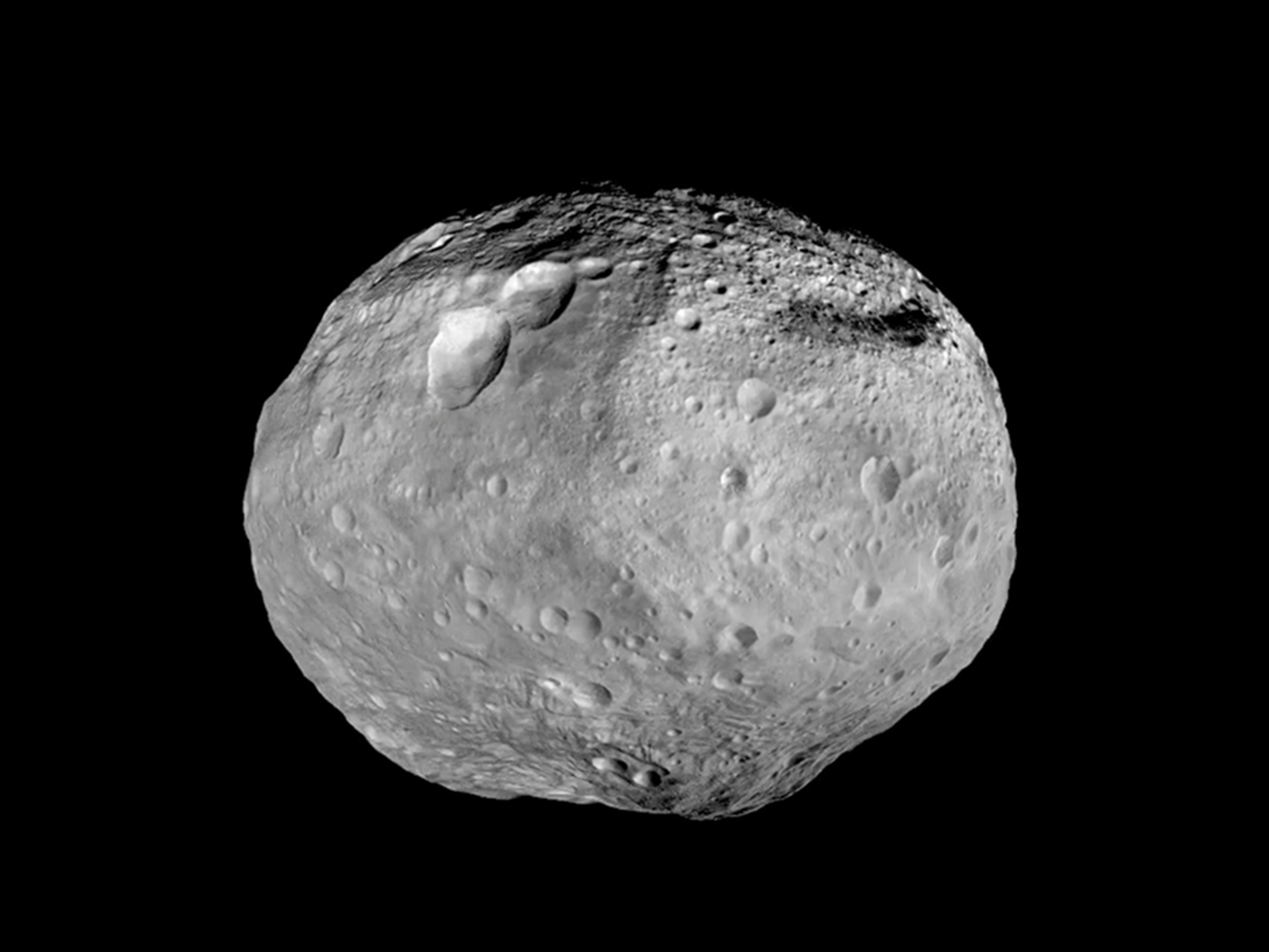
Image Credit: NASA
The vast majority of asteroids are between the orbits of Mars and Jupiter, but that’s not the only place you’ll find them. Jupiter, for example, has its own asteroid entourage. Known as the Trojans, these follow the same orbit as the gas giant but are always either ahead or behind the planet. It’s thought there could be as many as a million larger than a kilometer, making this group almost as populous as the main asteroid belt.
In the outer reaches of the solar system beyond Jupiter are the Centaurs. Being so far from the Sun, the temperature is much colder and, as a result, the Centaurs are an unusual asteroid/comet hybrid.
These objects are typically about the same size as an asteroid, but their composition more closely resembles the icy nature of comets. They’re thought to originate from the Kuiper belt, a disc of objects extending from the orbit of Neptune outward. Neptune’s gravity can pull on these objects and cause them to drift toward the inner solar system, where they form a closer orbit about the Sun.
Could an Asteroid Hit the Earth?
With millions of rocks floating around, you might be wondering how the Earth has avoided being hit. In fact, according to NASA, a car-sized asteroid enters the atmosphere about once a year but will most likely burn up before reaching the ground. Whether an impact occurs partly depends on the composition and density of the asteroid. Porous rock will be prone to breaking apart, whereas a metallic object is more likely to survive its passage through the atmosphere.
A football field-sized asteroid will strike the Earth about once every 2,000 years and cause significant damage to that area. Anything more than a mile wide could have far-reaching effects across the entire planet.
Fortunately, this only happens once every few million years, and there are no threats of this magnitude known at this time. A number of organizations around the world, including NASA, are actively searching for and tracking objects and asteroids that could cause a problem in the future. For example, you might hear about Near Earth Objects (NEOs). If the average distance of the Earth from the Sun is one Astronomical Unit (AU), then a NEO is any object whose orbit brings it within 1.3 AUs of the Sun. This could be an asteroid, comet, or even part of a rocket. However, a Potentially Hazardous Object (PHO) or Potentially Hazardous Asteroid (PHA) is one whose orbit will bring it to within 0.05 AUs of the Earth (4.6 million miles, or nearly 20x the distance of the Moon).
As of May 2022, there are over 29,000 known NEOs and nearly 2,300 PHOs (See here for JPL’s Center for Near Earth Object Studies, CNEOS, for the most up-to-date numbers). A Sentry Table is maintained of objects that could impact the Earth within the next 100 years, with the most probable candidate being an object known as 2010 RF 12.
This small chunk of rock, perhaps no more than 12 meters wide, was discovered on September 8th, 2010 as it came within 49,000 miles of the Earth. Its greatest chance of impact is on September 5th or 6th 2095, when there is a 1 in 22 chance of it striking the Earth - so there’s no need to cash in your life insurance just yet!

Learn More
Interested in learning more about our solar system? Not sure where to begin? Check out our Astronomy Hub!
This Article was Last Updated on 08/17/2023









